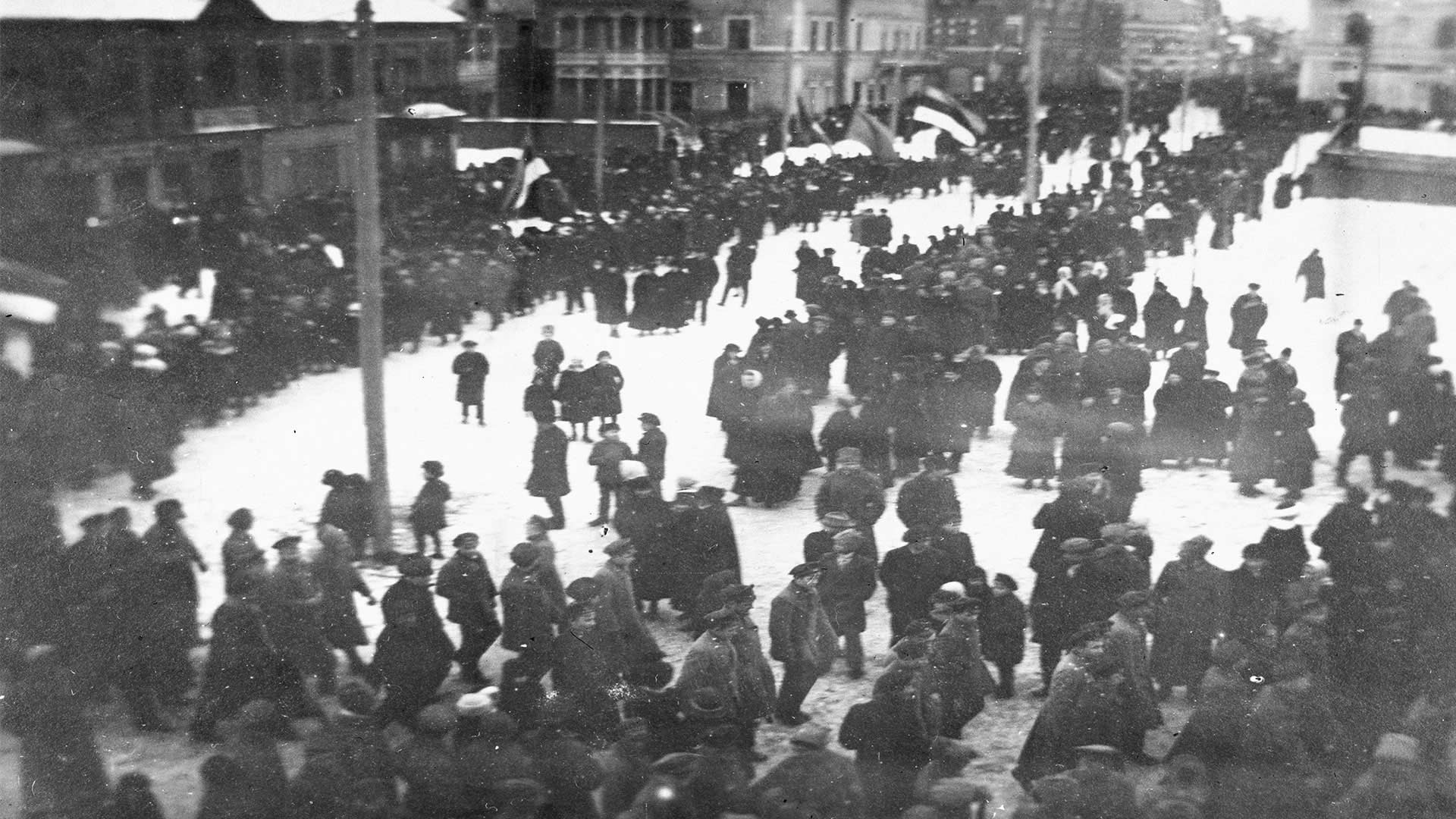
[B]THE BIRTH OF THE REPUBLIC OF ESTONIA[/B]
The independent and sovereign Republic of Estonia was proclaimed in Tallinn on 24 February 1918. On the same day there was a celebratory parade in Pärnu, where the declaration of independence had already been read out to the public on 23 February.
The celebratory parade arrives outside the Endla Theatre in Pärnu on 24 February 1918.
[I]© Estonian Film Archives[/I]
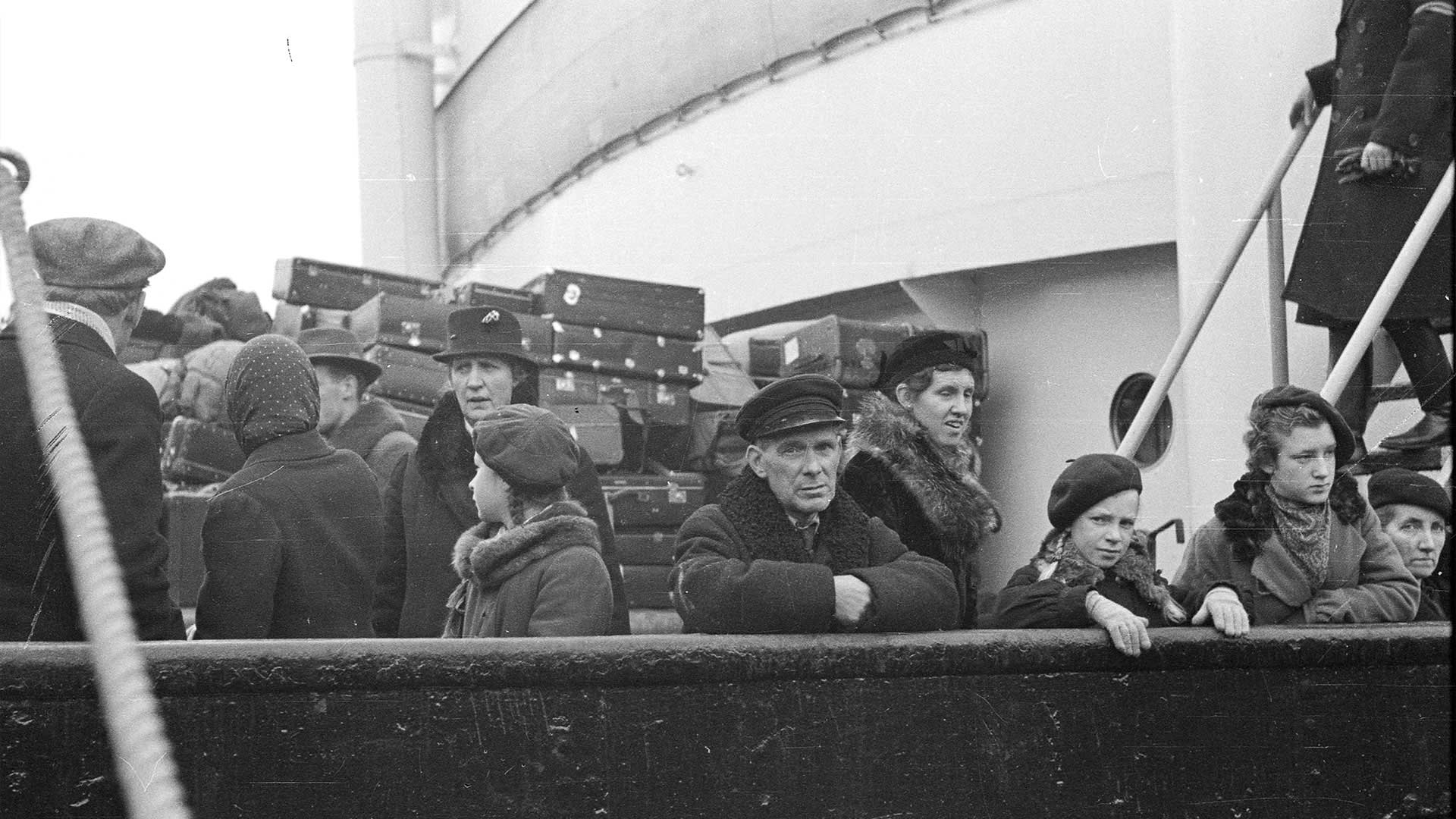
[B]WORLD WAR II[/B]
World War II began on 1 September 1939, jeopardising the independence of the Republic of Estonia. Soon afterwards, the Soviet Union forced Estonia to sign the Mutual Assistance Treaty and to allow Soviet military bases on its territory. In October 1939 Adolf Hitler called the Baltic Germans back ‘home’ to the German Reich. Estonians feared that this foreshadowed the occupation of Estonia by the Soviet Union.
[I]Baltic German resettlers on the ship Der Deutsche at the Port of Tallinn on 18 October 1939. Photograph: Oskar Viikholm.
© Estonian Film Archives[/I]
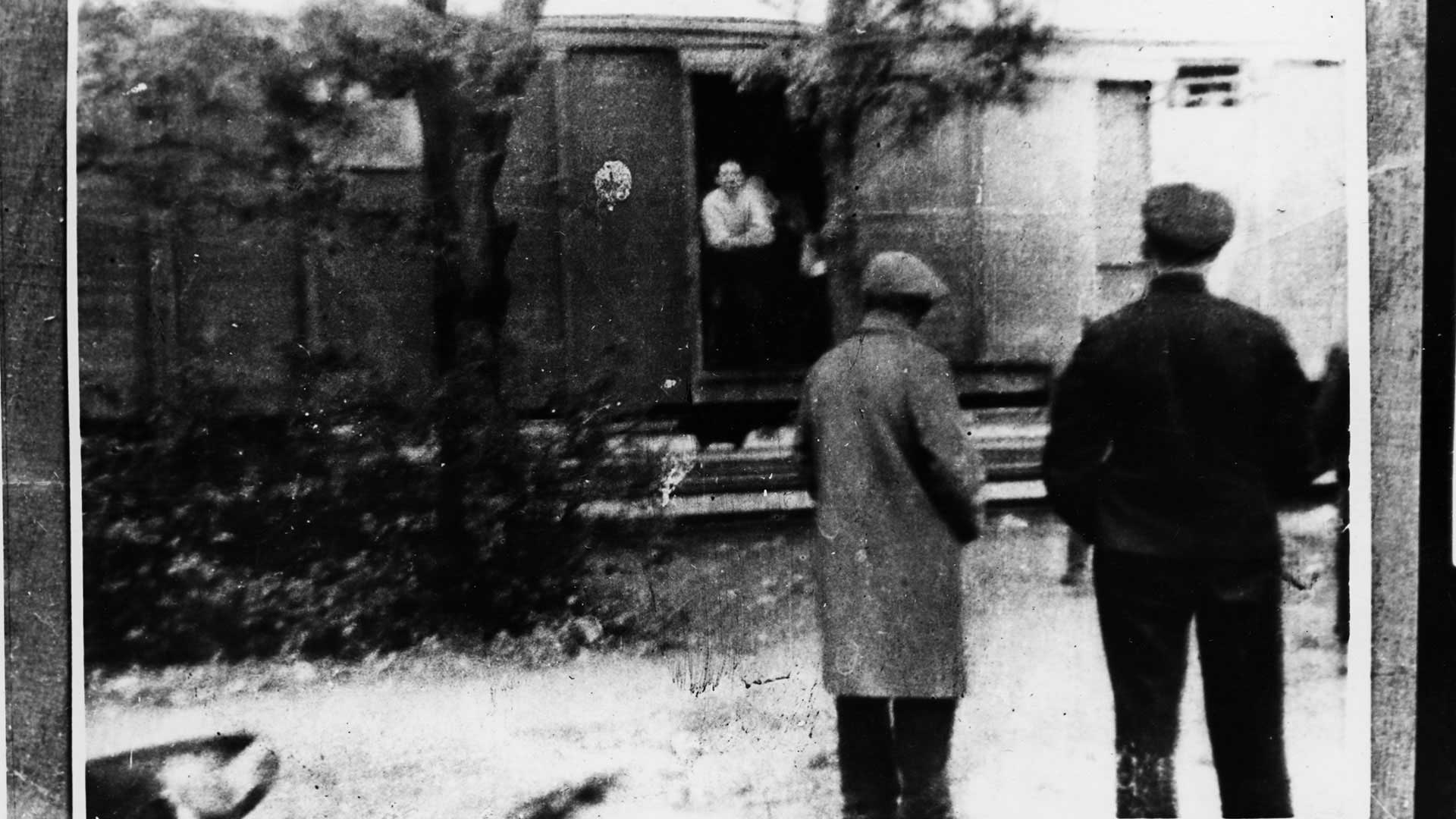
[B]THE SOVIET OCCUPATION[/B]
With the Molotov-Ribbentrop Pact (1939) between the Soviet Union and Germany, the Republic of Estonia fell in the Soviets’ sphere of interest. The Red Army occupied the Republic of Estonia on 17 June 1940. A few days later, on 21 June, a demonstration organised by the Soviet Union took place in Tallinn, and a puppet government was installed.
[I]Train with the deportees in 1941.
© Estonian History Museum[/I]
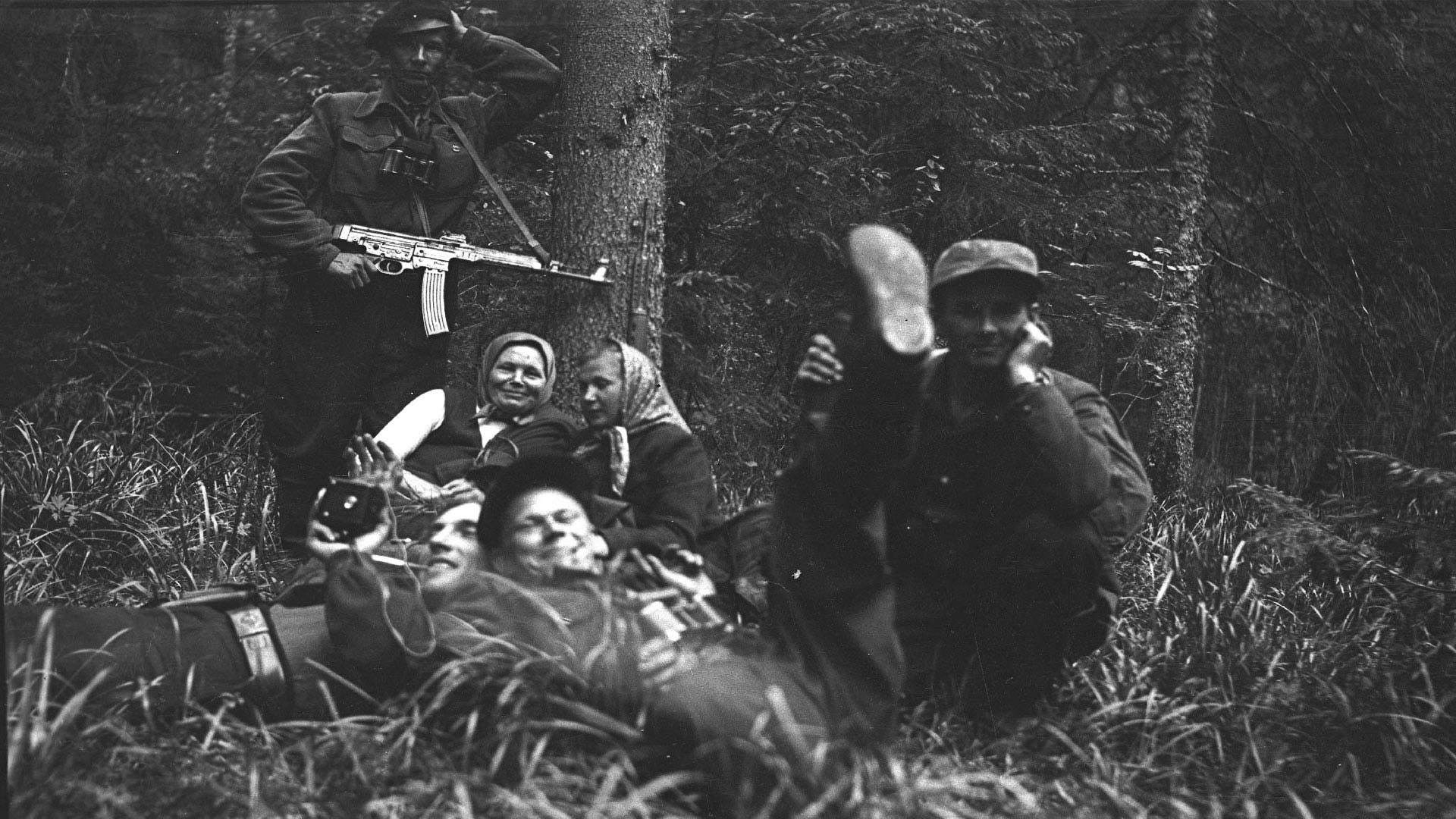
[B]RESISTANCE[/B]
In 1941, the Soviet occupation was followed by the German occupation, which in 1944 was once again replaced with a Soviet one. The repression of the communist regime forced the locals to join the resistance movement. The centre of the resistance during the decade after the war was armed resistance of the anti-communist partisans, known as the ‘forest brothers’.
[I]Photos seized by the Soviet security organisations depicting forest brothers show the more romantic and mundane side of their life. The Ülo Altermann forest brothers group in Järvamaa County, 1953.
© Estonian State Archives[/I]
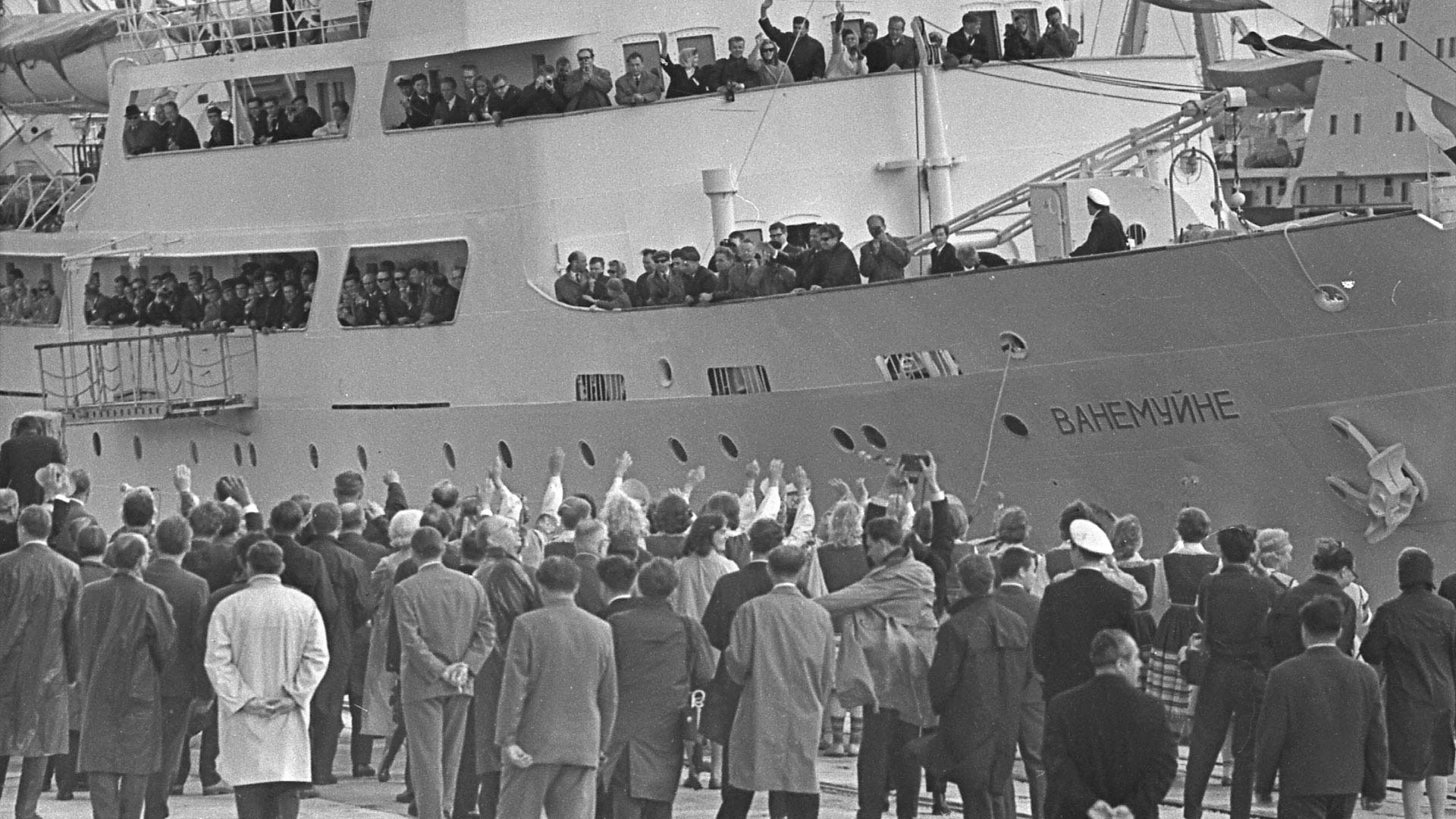
THE IRON CURTAIN
The Soviet occupation closed Estonia to the whole world. Estonians secretly listened to foreign radio stations, and in northern Estonia they watched Finnish television. The only direct connection with a foreign country was the Helsinki-Tallinn ferry line, opened on 7 July, 1965. The ferry line was used mostly by foreign tourists, as the travel of Estonians to Helsinki was strictly controlled by the KGB.
[I]The motor ferry Vanemuine, back from its first trip from Helsinki to Tallinn on 8 July, 1965. As permits for visiting Finland were controlled by the KGB, for most Estonians a trip abroad remained a distant dream.
© Estonian Film Archives[/I]
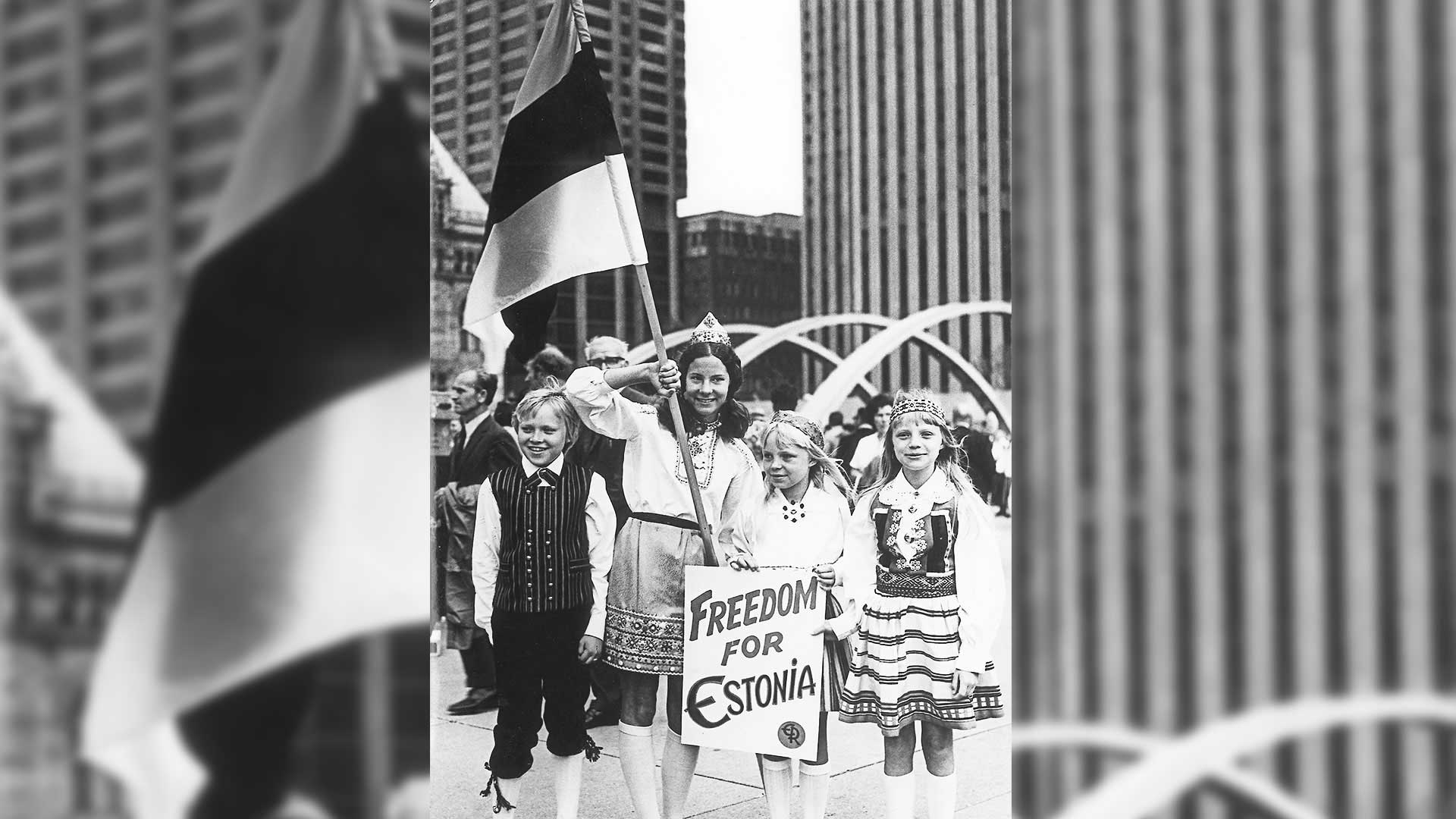
[B]ESTONIANS ABROAD[/B]
In 1944, approximately 75,000 people fled from Soviet-occupied Estonia. Abroad, they kept alive both the continuity of the Republic of Estonia and their own national identity. Public events were held to demand freedom for Estonia.
[I]The vitality of Estonian patriotism was demonstrated by the international Estonian Days, known as ESTOs, first organised in 1972 and held every four years thereafter. Estonian youth in New York in 1975.
© Museum of Occupations[/I]
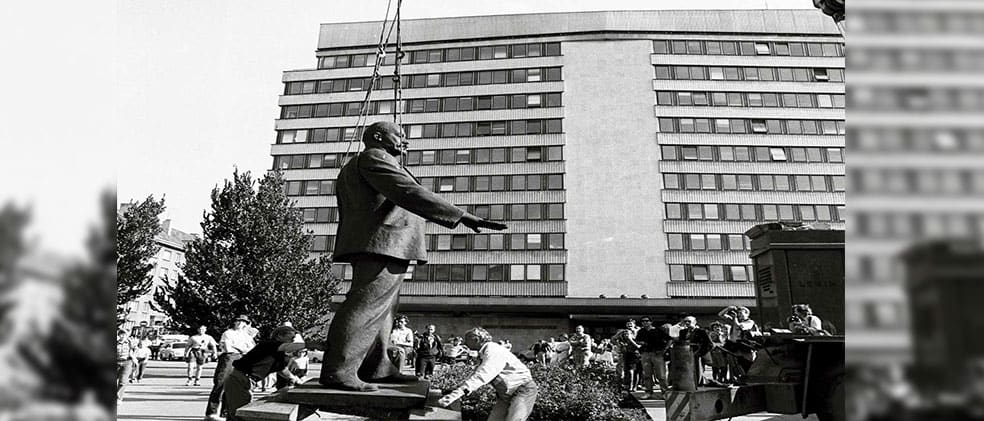
[B]LIBERATION[/B]
Perestroika in the Soviet Union during the late 1980s enabled a non-violent resistance. Night song festivals took place in Tallinn in 1988 and culminated in the ‘Song of Estonia’ event on 11 September 1988. The concept of a peaceful singing revolution was born.
[I]One of the expressions of liberation was removing the monuments that symbolised the occupying power. For many, the removal on 23 August 1991 of the Lenin monument, located in front of the Estonian Communist Party's Central Committee building in Tallinn, marked the long-awaited end of Soviet rule.
© Estonian Film Archives[/I]
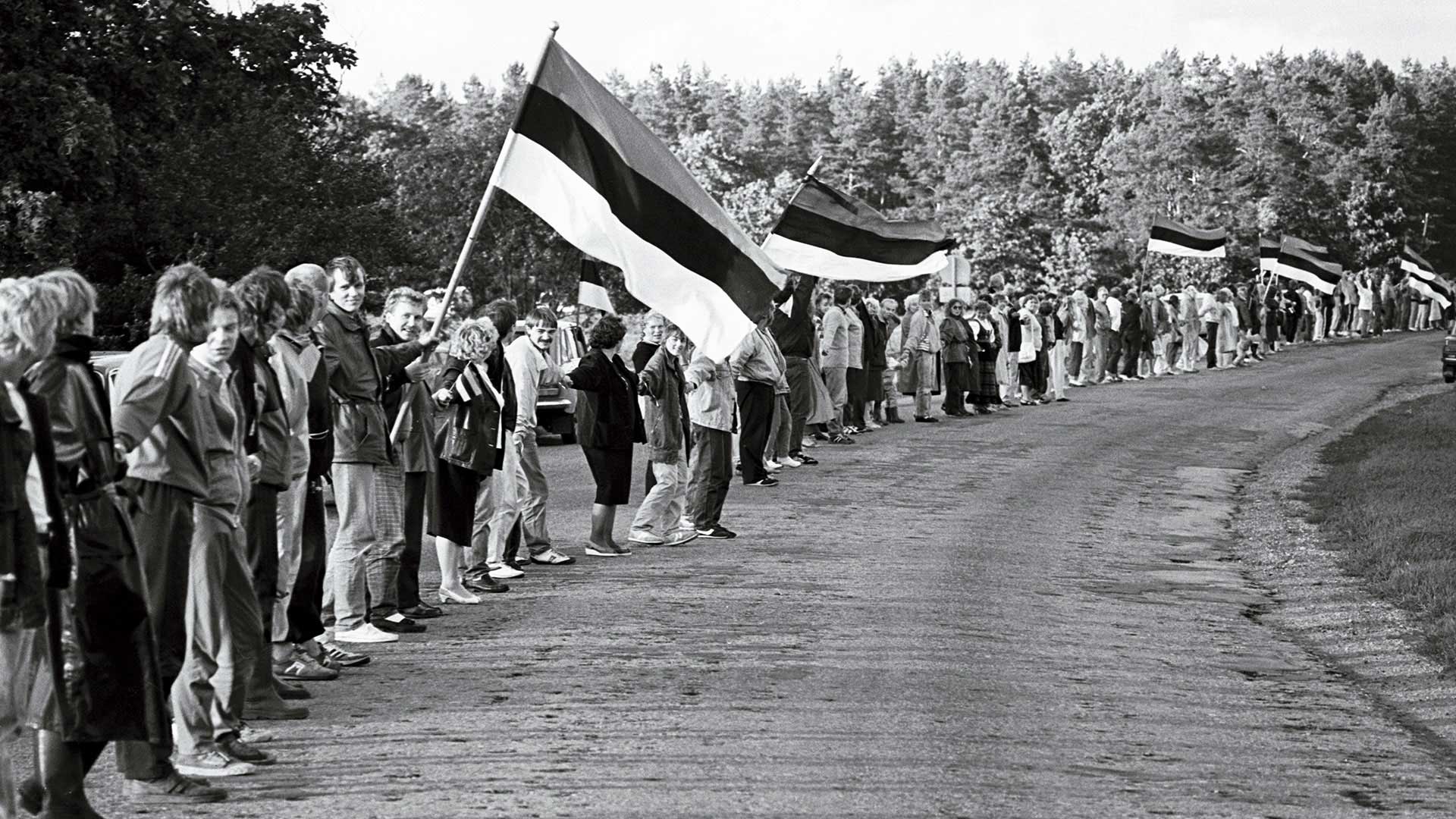
[B]THE BALTIC CHAIN[/B]
On 23 August 1989 - the 50th anniversary of the Molotov-Ribbentrop Pact - an uninterrupted human chain of over 2 million people, known as the ‘Baltic Chain’, took place across the Baltic states. Organised by the Popular Fronts of the Baltic countries, the demonstration brought attention to the fate of the Baltic countries, resonated around the world, and was even visible from space.
[I]The Baltic Chain, with a length of almost 620 kilometres, stretched from the Pikk Hermann tower in Tallinn to the Gediminas’ Tower in central Vilnius, Lithuania. Photo: Harald Leppikson.
© Estonian Film Archives[/I]
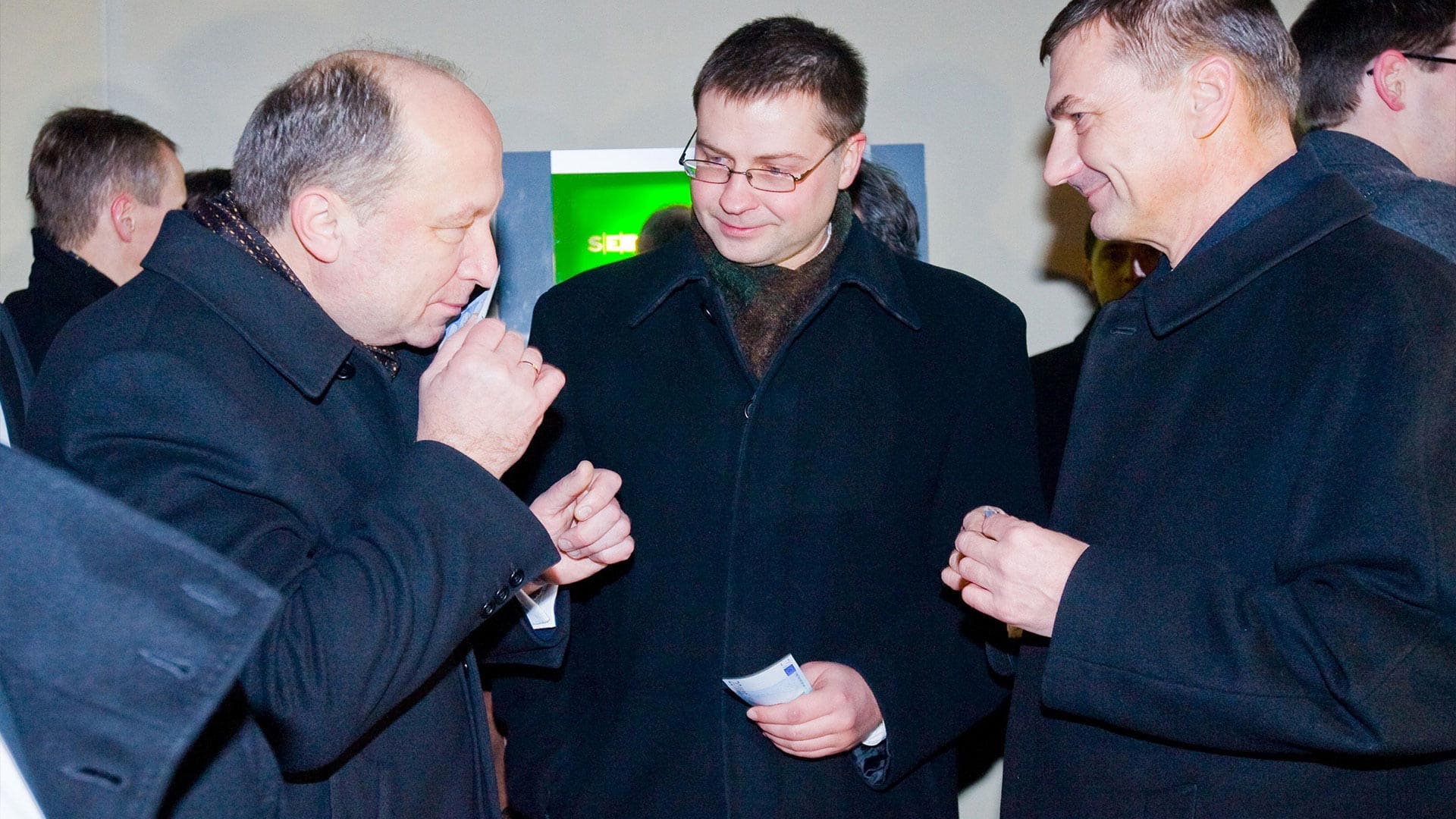
[B]ESTONIA IN THE EUROPEAN UNION[/B]
The first country to recognise the restoration of Estonia’s independence on 22 August 1991 was Iceland. It is important for a small country to secure its independence through international relations. Since 2004, the Republic of Estonia has been a member of both NATO and the European Union.
[I]The adoption of Europe’s common currency, the euro, starting in January 2011 has been one of the most significant changes in Estonia since it regained independence. The prime minister of Lithuania, Andrius Kubilius (left), and the prime minister of Latvia, Valdis Dombrovskis (middle), share the joy of Estonian prime minister Andrus Ansip over the first euros early on New Year's morning, 2011. Photograph: Veiko Tõkman. Äripäev[/I]

[B]REPUBLIC OF ESTONIA 95[/B]
On 24 February, 2013 the Republic of Estonia celebrated its 95th anniversary. A large public photography event, ‘An Estonian Minute’, was organised to celebrate the festive day. For one minute between 1.00 and 1.01 pm, all participants took pictures of moments, people, or landscapes to record the atmosphere of the day for future generations.
[I]Johannes and Helena at 1.00 pm on 24 February, 2013 at their home in Harjumaa County. Private collection[/I]
